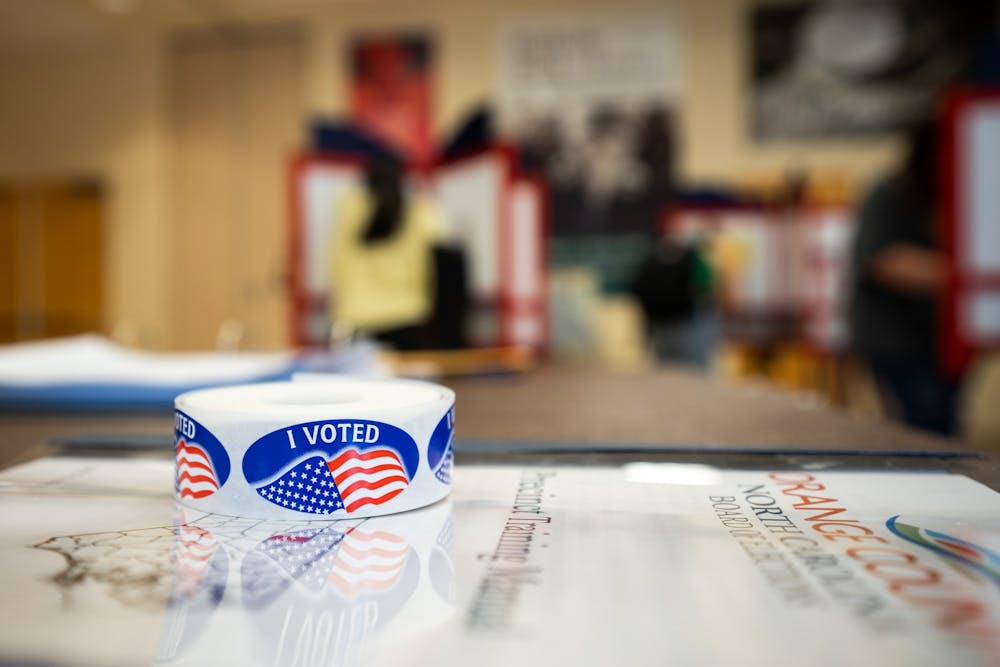On Dec. 16, the outgoing 4-3 Democratic majority on the North Carolina Supreme Court rejected redrawn congressional and state senate district maps while upholding a lower court's previous approval of the state house districts.
These remedial maps, first ordered by the Wake County Superior Court on Feb. 23, 2022, were redesigned to mitigate what the court described as “unlawful partisan gerrymanders” in the state’s 2021 district maps, which disproportionately favored Republican candidates.
However, the December ruling found that both the redrawn congressional and senate maps failed to meet the previous ruling’s standards, which required that the new maps give each party an equal opportunity to turn votes into seats.
“This always happens,” Marc Hetherington, a professor of political science at UNC, said. “Partisan advantage is always part of these maps. It’s a question of degree, and in the case of North Carolina, the degree of gerrymandering was such that the state Supreme Court put a halt to the plans that the legislature put forward.”
On Feb. 4, 2022, the state Supreme Court found the state’s legislative and congressional redistricting maps to be in violation of the free elections, equal protection, free speech and freedom of assembly clauses of the state constitution and called for them to be redrawn and submitted to the courts for approval.
With its latest ruling on Dec. 16, the state Supreme Court once again found that the remedial U.S. House and state senate maps drawn by the N.C. General Assembly failed to meet its standards, sending them back to the General Assembly to be redrawn once again.
In making this decision, the N.C. Supreme Court used a number of statistical metrics to evaluate the partisanship of each map, including efficiency gaps and partisan asymmetry.
Efficiency gaps measure the percentage of a party’s votes that are considered “wasted,” including ballots cast for a losing candidate and those cast for a winning candidate beyond the number required to win. In this case, the court decided an efficiency gap of 7 percent was the upper threshold for constitutionality.
Partisan asymmetry measures the discrepancies between a party’s share of the electorate and its representation in the legislature.




